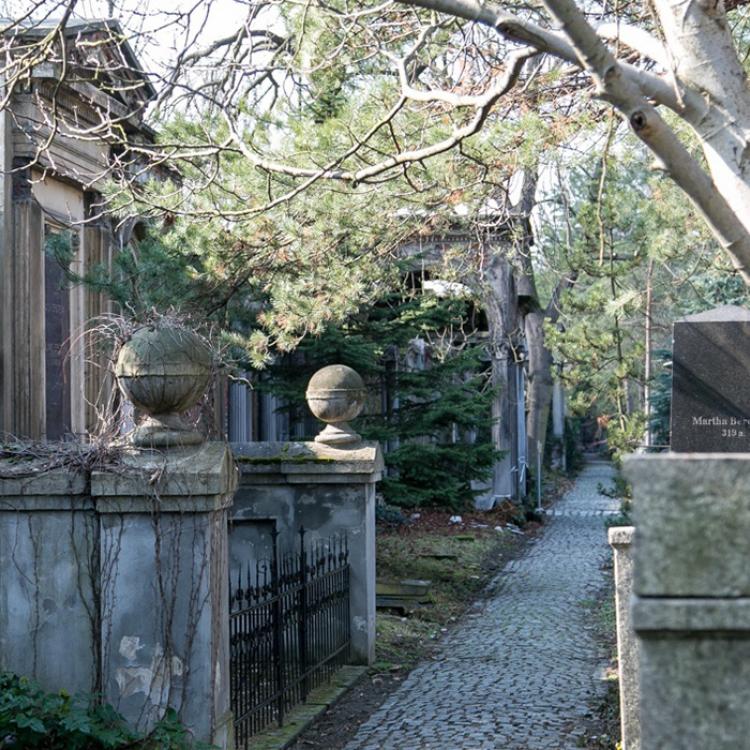The Memory Keeper of the New Jewish Cemetery
Thanks to Piotr’s preservation effort driven by passion about the history of the city, the Jewish material heritage is being saved from disappearance from vandalism and decay. Through an enormous physical effort, large sections of the cemetery have been cleared and preserved and the Jewish material heritage can thus continue to speak to contemporary Polish residents and international visitors about the actual historical cultural pluralism of the city’s past, at the time of rising nationalism and anti-Holocaust backlash. Piotr’s physical preservation efforts are tied to his intellectual historical work. What he finds most satisfying is the ability to uncover hidden history of the city and link individuals to their missing heritage. He is often the only connection for people from around the world to be able to search for their relatives and their family pasts. He reads Hebrew and Yiddish, and like an urban memory detective, links the names of former Breslau Jews with former family addresses on German streets and the location of their burial plots. About this investigative work, Piotr remarks: “For the majority who come here because they have family members [buried here], this is the last physical memory of the pre-war Breslau Jewish community. I get a great deal of satisfaction when I find someone, and I am able to send a photo that they are here.” Piotr Gotowicki’s work is contributing to the resilience of Jewish heritage in post-Holocaust Europe. His heritage work has an international dimension. Through his preservation work and research, he helps connect Jews from around the world to their heritage. Piotr meticulously traces the fates of German and Polish Jews largely forgotten by today’s citizens of Wroclaw. For the descendants of these former residents of Breslau and Wroclaw, Piotr is a memory keeper, the vital link to their past, to the dwellings their families’ once inhabited, and their loved ones’ final resting places. His is a project of resilience tied to both the tangible and intangible heritage – the physical space of the cemetery being at the same time a site of intangible memory for which he provides the link. Through his work, he contributes to the pluralistic democratic imaginary tied to historical memory, making Jewish heritage in urban Poland a gateway for inspiring civic engagement in both the late-Communist era and today.
